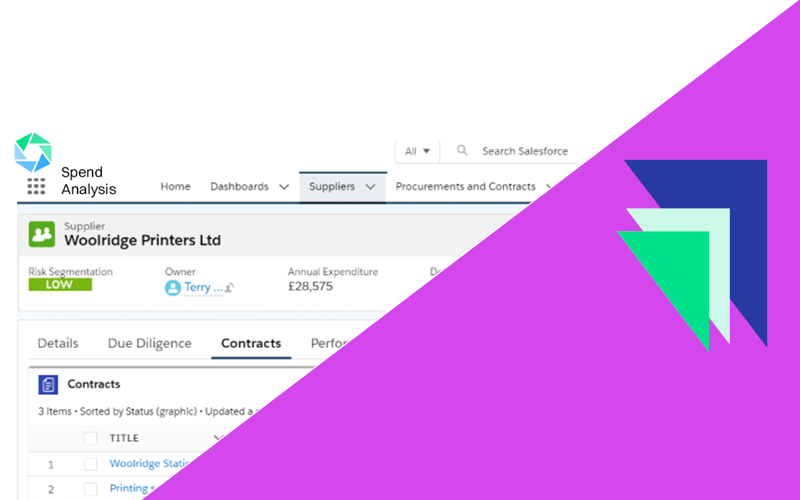There is a broad understanding that procurement must be aligned with organisational strategy. If your organisation is in a growth phase, a procurement strategy based on reducing costs is not going to be welcomed or support overall objectives. However, what is less commonly considered is the need to embed procurement into an organisation’s culture.
Many procurement professionals will have experienced resistance from the business when trying to introduce a procurement strategy, controls or processes. Even if the benefits are apparent, it can be hard work getting buy-in. If procurement is already supporting company objectives, the next thing to consider is whether it’s aligned with your company culture. So, what steps can procurement take to do this?
Understand your company’s culture
An organisation’s culture has many elements including structure and hierarchy, vision and values, attitude to risk and formality. Your procurement strategy and approach need to reflect the culture of your organisation. For example, if your organisation is risk-averse, then a strategy based on reducing costs with robust controls in place would be supportive of the culture.
Be realistic
Many organisations have carefully crafted mission statements, strategies and values. However, for a variety of reasons, they may not reflect their actual culture. Rather than aligning your strategy with the idealised version of your organisation, you need to understand how it works in reality and design your strategy accordingly.
Respond quickly to changes in circumstances
During a business’s lifecycle, there will be times where a change of strategy needs to be quickly implemented. The current pandemic is the clearest example you’ll find of this. To survive, many businesses have had to move to an online or digital model. For procurement, this will have meant responding immediately to a change in direction. Your procurement strategy made have moved from supplier optimisation to functional purchasing of now-critical items such as powerful business broadband or laptops for your workforce.
Many organisations are unlikely to return to their previous business strategy. Procurement may find themselves having to adapt their strategy again to a cost reduction model.
Connect with the business
If your organisation doesn’t understand what procurement is trying to achieve or has a misconception of its role within the business, then you will meet resistance. It’s essential to foster relationships, so the department is seen as a driver of value there to support work colleagues and their goals. Day-to-day involvement will also help you understand business needs, the pressure on people and the obstacles to achieving strategic objectives. By working collaboratively rather than in a silo, procurement can enhance its reputation while being fully immersed in company culture.
Start at the top
We all know that company culture is defined by those who lead it. If senior management model your company values and agreed behaviours, then they will be accepted within the organisation. Therefore, it makes sense to connect with your leadership team. Understand their impact on the business and its culture and take it into account when creating your procurement strategy. If your strategy reflects their values or priorities, getting their buy-in and support will mean the overall business will be more receptive to your procurement strategy.
When your procurement strategy is aligned with your company culture, you can add real value to your organisation. People will be open to your ideas and suggestions and be less resistant to spending controls or the introduction of new systems or procurement projects.
Having a simple, effective procurement system in place to complement this approach will also help you meet the objectives of your procurement strategy. Contact us today for a demonstration of our fully customisable procurement solution designed to give you visibility and control over your organisation’s procurement activities.
 Our Pipeline App empowers your team to plan ahead and forecast for upcoming procurement activities.
Our Pipeline App empowers your team to plan ahead and forecast for upcoming procurement activities.  The Tender App allows your team to visualise all sourcing activities within your Atamis platform, from issuing tenders to receiving bids.
The Tender App allows your team to visualise all sourcing activities within your Atamis platform, from issuing tenders to receiving bids. Our Contract & Supplier App puts your team in firm control of your key supplier relationships and provides a central repository for all contracts.
Our Contract & Supplier App puts your team in firm control of your key supplier relationships and provides a central repository for all contracts.  Our Enhancers ensure your solution is tailored to your needs. Pick and choose additional functionality that fits your requirements.
Our Enhancers ensure your solution is tailored to your needs. Pick and choose additional functionality that fits your requirements. 